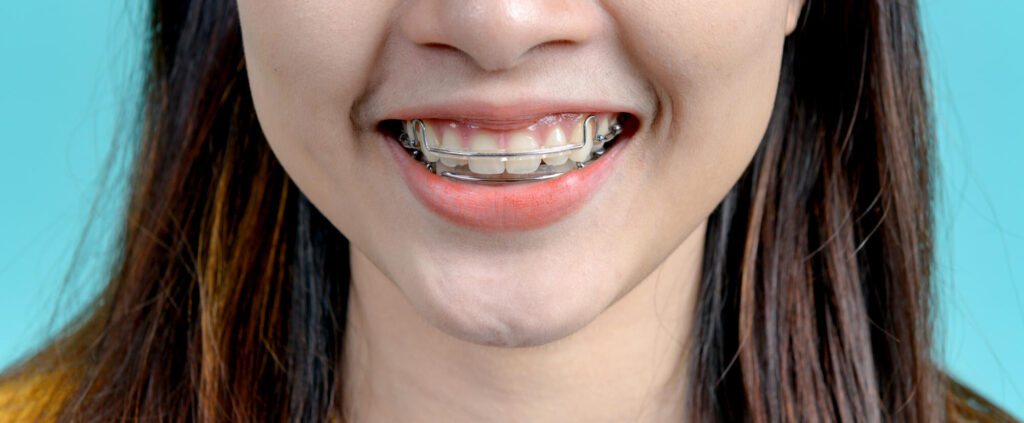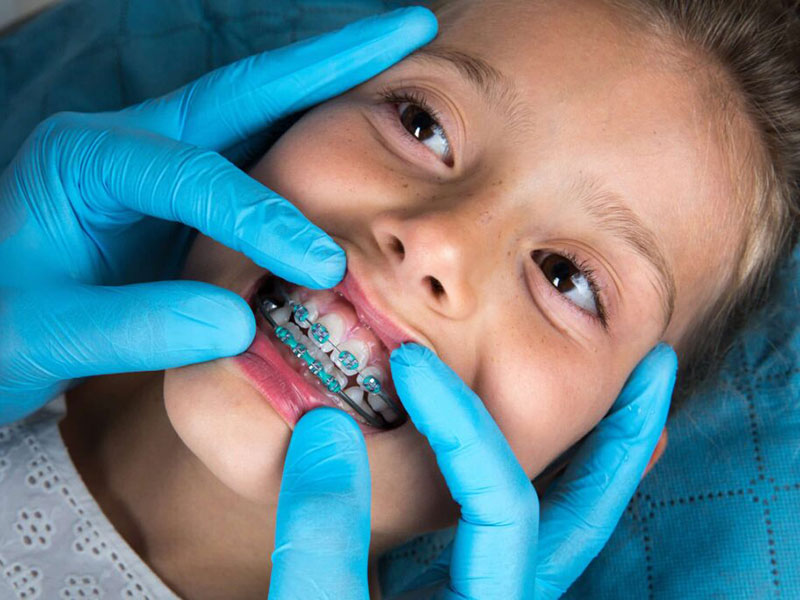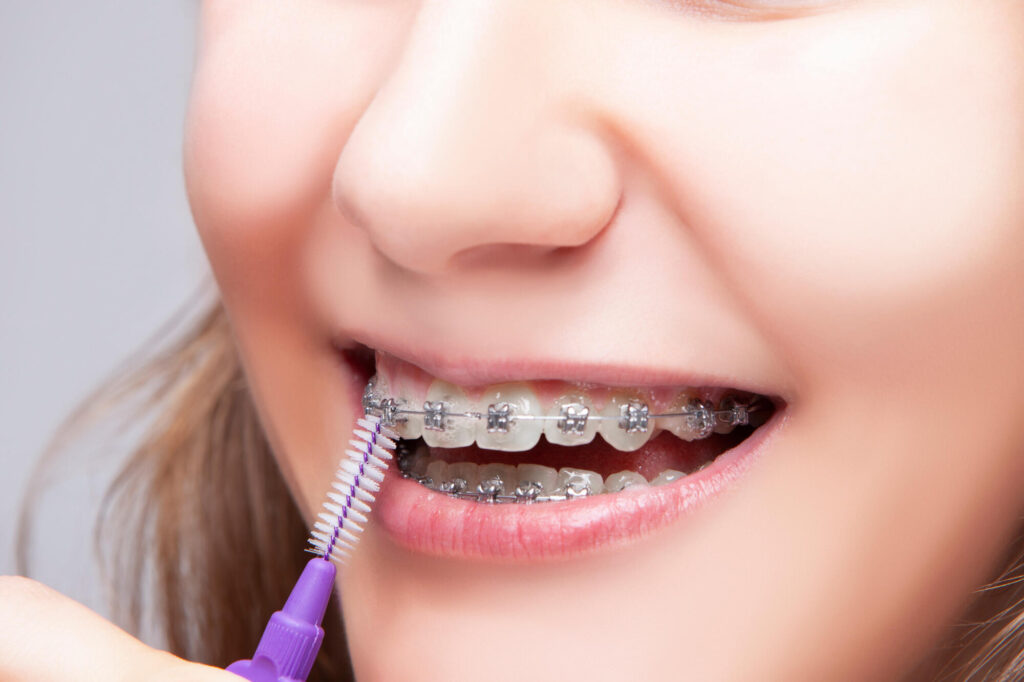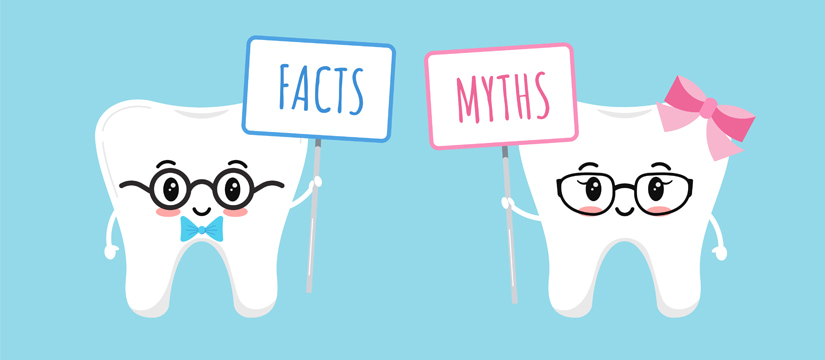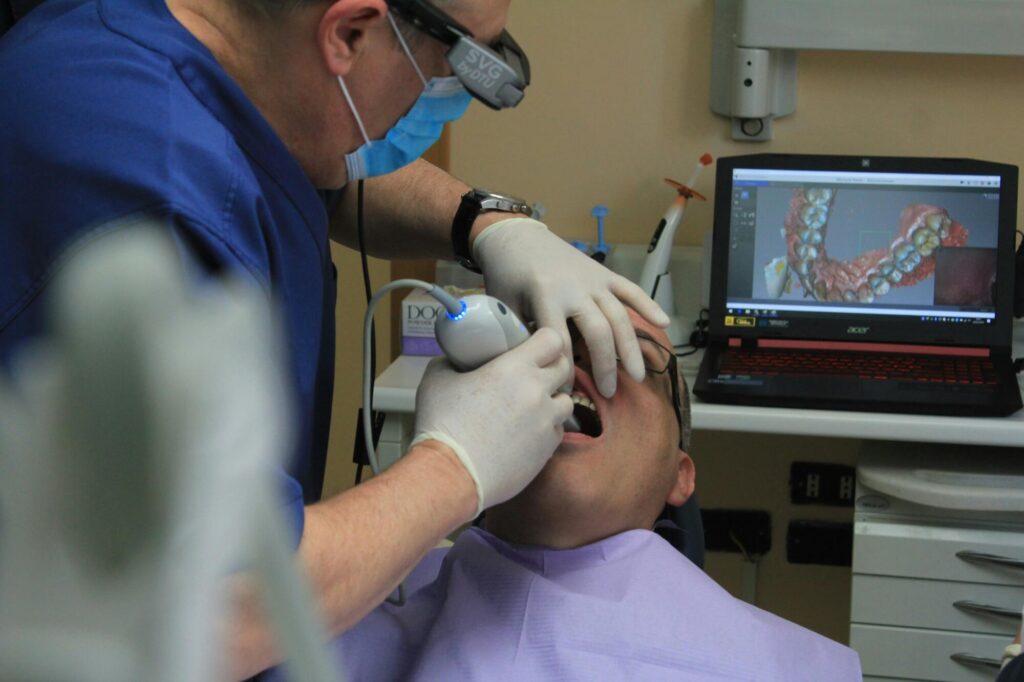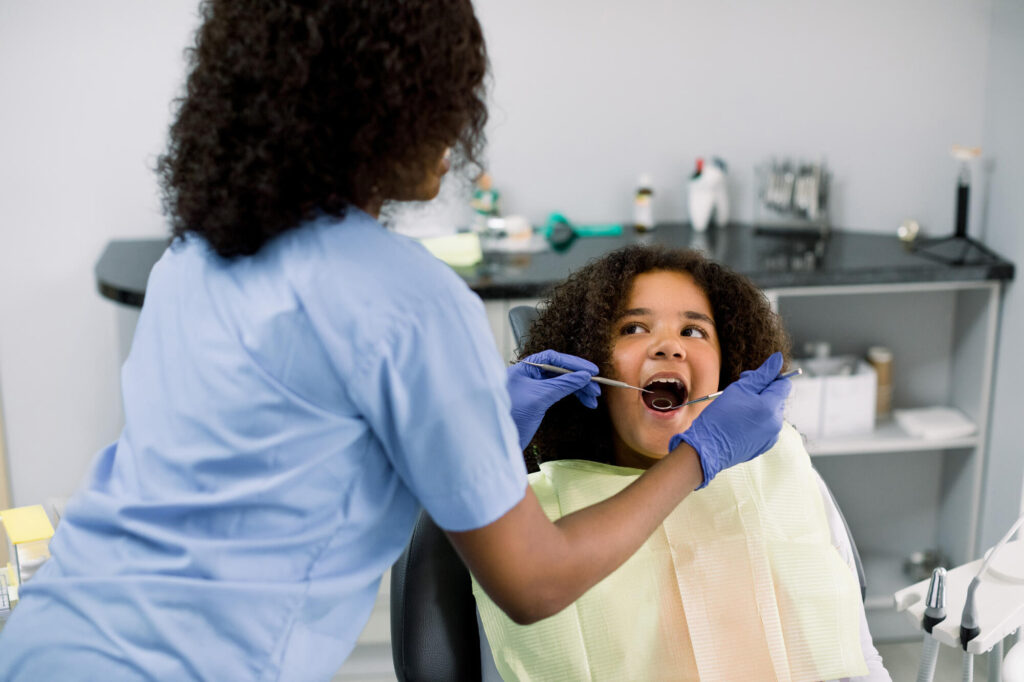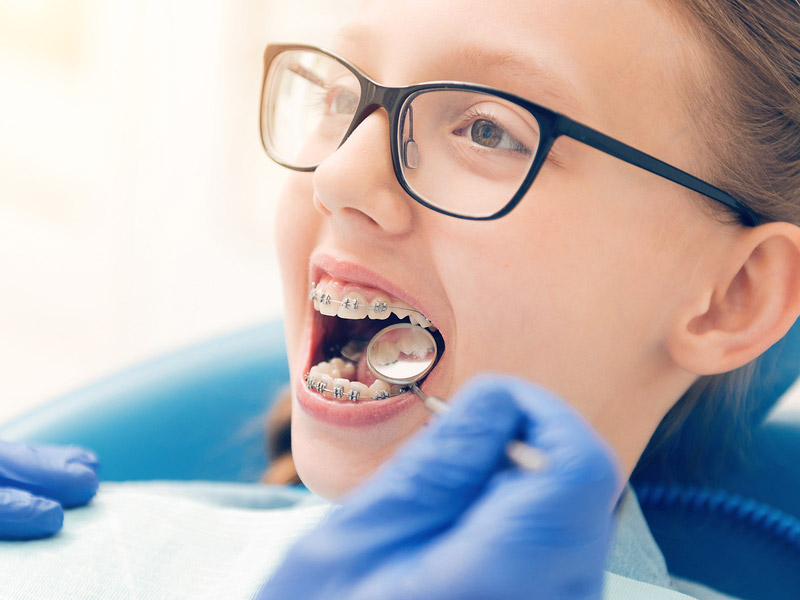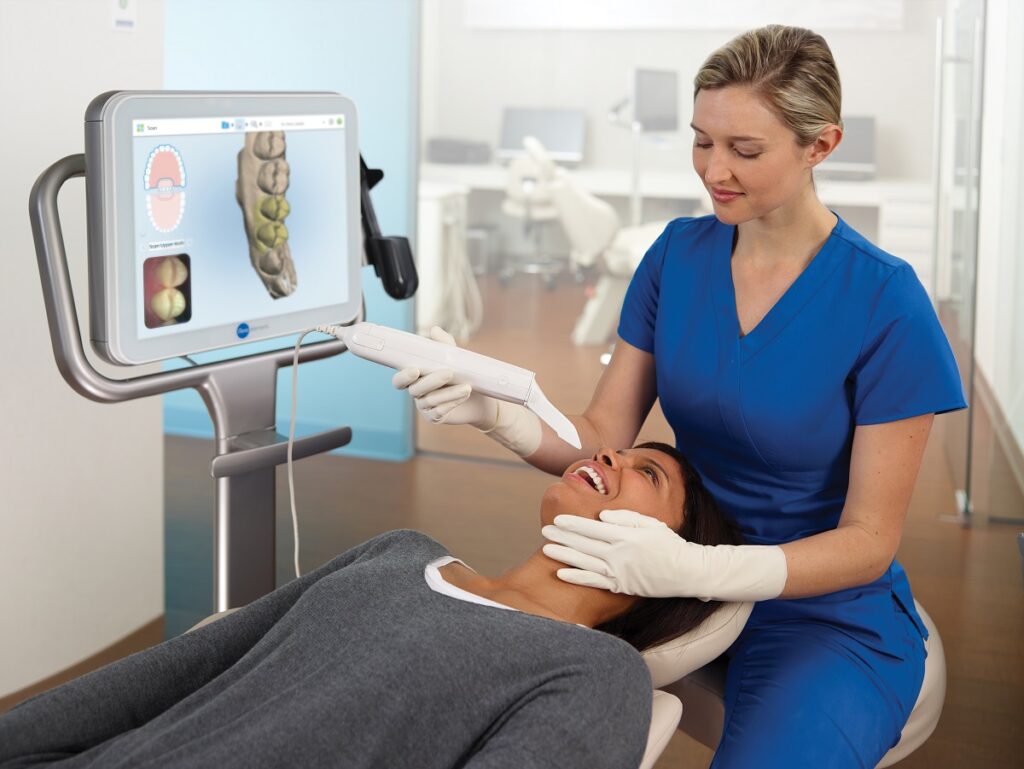September 5, 2024
You’ve just finished months of orthodontic treatment, and your smile is finally picture-perfect. But as you leave the orthodontist’s office, retainer in hand, you might be wondering: “Do I absolutely need to wear this thing?”
The short answer? Absolutely. That small piece of plastic or wire is your secret weapon in maintaining your hard-earned smile.
Keep reading to learn the importance of retainers and benefits.
Prevents Teeth from Shifting
After undergoing orthodontic treatment, such as braces or aligners, your teeth are moved into a new, more desirable alignment. However, without the continued support of a retainer, your teeth can gradually shift out of place over time. This is because the ligaments and tissues around your teeth need time to get used to their new positions.
Wearing a retainer helps to stabilize your teeth during this critical period. It ensures they remain in their newly aligned positions.
Retainers keep your teeth straight and aligned, protecting your investment in your smile by preventing unwanted movement.
Better Oral Health With Post-Treatment Dental Care
When braces properly align your teeth, you can clean them more effectively. Straight teeth make it easier to clean your mouth. This helps prevent food and plaque from getting stuck in hard-to-reach areas. As a result, there is a lower risk of cavities, gum disease, and other dental issues.
Orthodontic retainers keep your teeth in place, allowing you to brush and floss more efficiently and keep your mouth healthier.
Post-treatment dental care involves regular visits to your dentist to keep an eye on your ongoing oral health and ensure your retainer is fitting correctly. These check-ups are essential for preventing potential issues that could arise from shifting teeth or improper retainer use.
By adhering to a proper retainer regimen and continuing with routine dental care, you can help safeguard the health and stability of your teeth for the long term.
Properly aligned teeth help distribute the forces of chewing evenly across your teeth. This balanced distribution of pressure helps to prevent issues like:
- Tooth fractures
- Jaw pain
If you’re worried about your retainer causing problems for your oral health, ask your orthodontist for a retainer care guide to ensure you’re wearing it properly.
Customization
Once your braces are removed, our Tampa orthodontists will create a retainer that is specifically designed to fit your unique dental structure. This personalized fit is important for keeping the alignment from your orthodontic treatment. It helps your teeth stay in their new positions.
The customization process starts with taking exact impressions or digital scans of your straightened teeth. These are used to create a retainer that fits well and feels comfortable.
This custom method keeps your teeth in place. It also makes the retainer more comfortable. This way, you can wear it as recommended without any issues.
Jaw Alignment
When your teeth are straight, it helps your jaw stay aligned. This is important for a good bite. It also helps prevent jaw problems.
Misaligned teeth can contribute to an uneven bite, straining your jaw muscles and joints, which could cause:
- Discomfort
- Headaches
- Temporomandibular joint disorders (TMJ)
More Confidence
Orthodontic treatment is great for self-esteem.
A straight, well-aligned smile is often associated with attractiveness and good health, which can significantly enhance your self-esteem. After spending time and effort on your braces, a retainer helps keep your smile perfect. It gives you the confidence to smile without worrying about your teeth moving.
The act of taking care of your teeth by wearing a retainer after braces reinforces a positive self-image. It gives you a daily reminder of your commitment to your health and appearance, which can further boost your overall confidence.
Knowing you are taking steps to keep your beautiful smile can give you peace of mind. This can greatly affect how you feel about yourself.
Comfortable and Discreet
Modern teeth straightening retainers are designed to be both comfortable and discreet, making them ideal for keeping the results of your orthodontic treatment without any added hassle.
Clear retainers are particularly popular because they are virtually invisible when worn. This subtle design helps you keep the results of your orthodontic treatment. It does this without showing that you are wearing a retainer.
Unlike the bulkier retainers of the past, today’s options are custom-made to fit your mouth perfectly, which minimizes irritation and makes them easier to wear for extended periods.
Cost Effectiveness
After spending considerable time and money on braces or aligners, the last thing you want is for your teeth (or your children’s teeth) to shift back to their original positions. You’ll be wasting money on additional, expensive corrective procedures.
A retainer is a small, one-time investment that helps prevent this from happening. The cost of a retainer is low. It is much cheaper than getting braces or aligners again.
A retainer is important for keeping your teeth in the right place. It helps protect your investment in braces or other orthodontic work.
Retainers are durable and long-lasting when properly cared for, meaning you won’t need to replace them frequently. This adds to their cost-effectiveness, as you’ll get years of use from a single retainer. In the rare event that you do need a replacement, the cost is still significantly lower than any repeat orthodontic treatment.
Non-Invasive Post-Treatment Dental Care
Unlike other orthodontic treatments that use wires, brackets, or surgery, retainers work gently. They keep your teeth in place without causing discomfort. You won’t need to make big changes to your daily life.
There’s no need for adjustments, tightening, or regular visits to our orthodontist’s office once your retainer has been properly fitted. This simplicity allows you to continue your regular routine with minimal disruption.
Teeth Straightening Retainer: Get on It Today
Clearly, there are so many reasons a teeth straightening retainer is important after orthodontic treatment. So, make sure you’re following our orthodontist’s instructions directly!
Do you want more smile maintenance tips? SouthShore Orthodontics does our best to provide the best possible services in the whole Tampa Bay area. Contact us today to schedule your visit and receive expert advice from our board-certified orthodontists.

